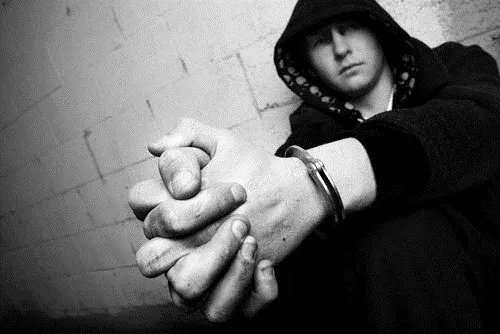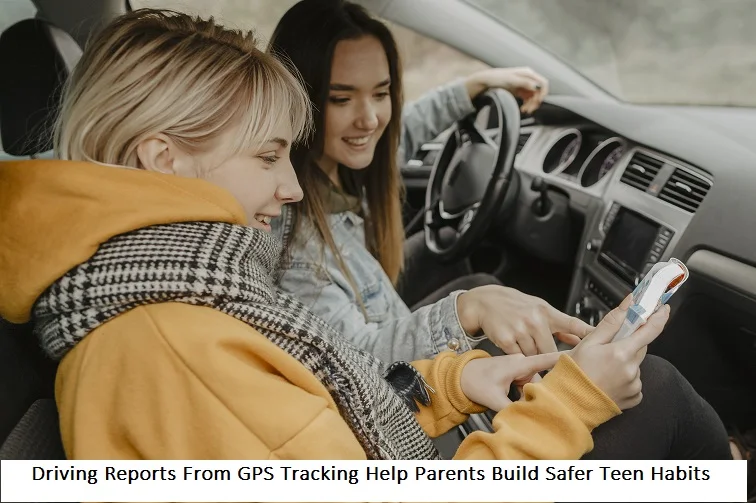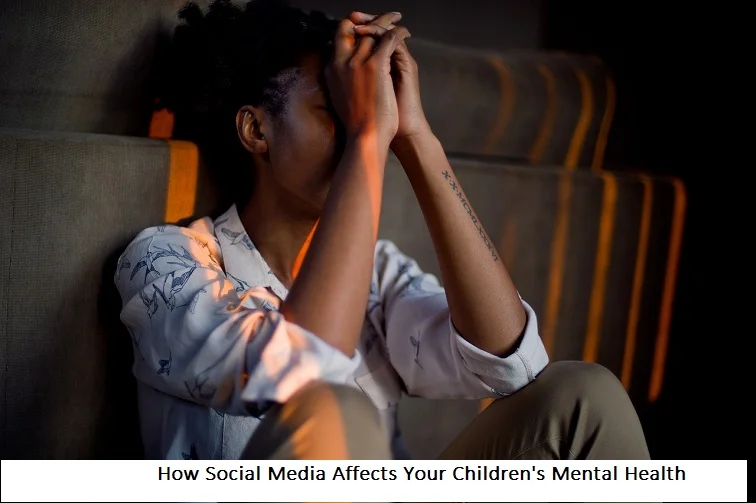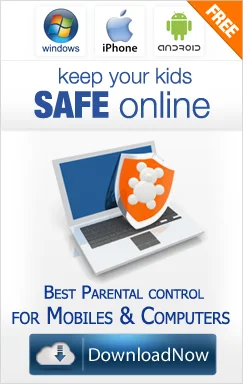+1 845 259 2974 (11 a.m to 7 p.m CST)
Why You Should Always Double-Check the Security of Your Accounts
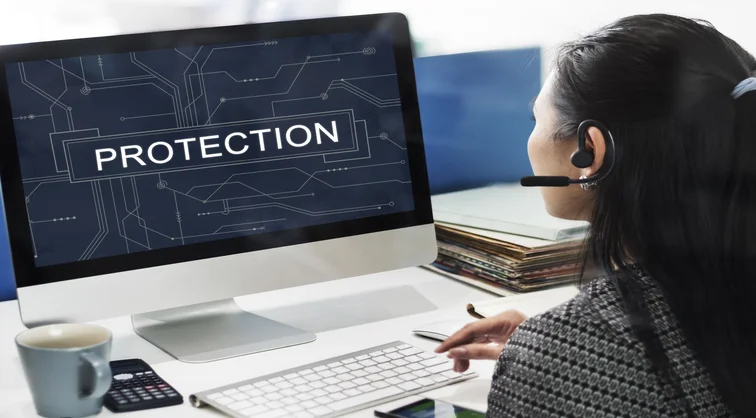
Nowadays, securing your internet accounts is essential. We keep most of our information on the internet today, ranging from social media profiles to online banking. However, although the internet is convenient, it exposes us to various security threats. There are real risks such as data breaches, phishing attacks or hacked accounts. For this reason, it is important that you verify the security of your accounts all the time.
The Rising Threat of Cyber Attacks
Your personal data is under threat as hackers always have something new in mind for it. The past few years have witnessed various serious cybercrimes; for example, hacking of well-known social media accounts and financial institutions among others. Such attacks usually revolve around hacking into profiles, taking confidential details, or distributing malware.
It is worrying that hackers are getting smarter. They could trick you into sending money or providing them access to your email through different methods of social engineering or phishing. A good example of a phishing fraud is the one where you receive false emails or messages that look real and ask for your login information. With your account under their control, hackers will have straightforward access to various forms of data which they can then use for identity theft, fraud, or worse. For instance, If you've experienced a Twitter hack, you can learn more about how to recover your account at https://moonlock.com/twitter-hacked
The Importance of Complicated Passwords
Weak or reused passwords make it simple for hackers to gain entry into accounts. A lot of individuals still prefer using the easily memorable and obvious passcodes such as “password123”. On the other hand, some people may have a reason for using one password on many different accounts for ease and convenience in remembering it; however, doing so is also very risky from a security point-of-view.
If one of your accounts is breached, hackers can gain access to all other accounts that share the same password. This is why using strong, unique passwords for each account is crucial. For a password to be strong, it must have more than twelve characters containing both capital and small letters, numbers, as well as symbols.
Enable Two-Factor Authentication (2FA)
Enabling two-factor authentication (2FA) on your accounts is another uncomplicated but potent security feature. With 2FA, you will need to put the usual password for access as well as some other identifier that you receive through your mobile phone or e-mail and which can be used only once.
In the event that a hacker is able to get your password, he will still not be able to access your account without the second factor. Most social media platforms, email services, and online banking sites offer 2FA, so it would be wise to spend some additional minutes in configuring it.
Be Wary of Phishing and Social Engineering
As mentioned earlier, phishing is a common method used by hackers to trick you into giving away your login details. Phishing attempts can come in many forms—emails, text messages, or even phone calls. For example, you might receive an email that appears to be from your bank, urging you to click on a link and log in to your account. These emails can look incredibly legitimate, making it difficult to spot the fake ones.
The key to protecting yourself is to always verify the sender’s identity before clicking on any links or downloading attachments. Additionaly, consider using parental control features on shared devices to help prevent unauthorized access and protect younger users from pishing attempts. If you’re ever in doubt, go directly to the official website and log in from there, rather than clicking on links in unsolicited emails or messages.
Monitor Your Accounts Regularly
Even after you’ve implemented strong passwords and 2FA, it’s still important to keep an eye on your accounts for any suspicious activity. Most online services allow you to view recent login attempts, devices that have accessed your account, and other activity logs.
If you notice anything unfamiliar—like a login from an unrecognized location or device—it’s a good idea to change your password immediately and review your security settings. This can help you detect and prevent potential breaches before they cause harm.
Update Your Software and Apps
To secure your online accounts, it is important that you continuously keep all your devices and applications updated. Most of the time, these updates are aimed at fixing any security holes that would be exploited by hackers. A majority of these updates come with patches for identified problems; therefore, one should install them immediately when they are out.
Aside from the operating system, ensure that you upgrade every application, the browser and social media inclusive too. Some attacks, such as malware, can gain access to your accounts if you are running outdated software. Keeping up with updates is one of the most straightforward ways to protect your accounts.
The Consequences of Neglecting Security
Not verifying the safety of your accounts could lead to devastating outcomes. Identity thieves may engage in various activities on your personal account such as stealing important data, spreading fallacious information and harming your reputation. There are extreme cases where they clean out all your money from the bank or borrow loans, leaving you with a problem to solve on how to repay.
On top of that, a number of attacks can escape detection for weeks or months on end, enabling hackers to inflict much harm. Compromising your account is one thing, but restoring it back may turn out to be challenging, especially when you had no strong security kept.











